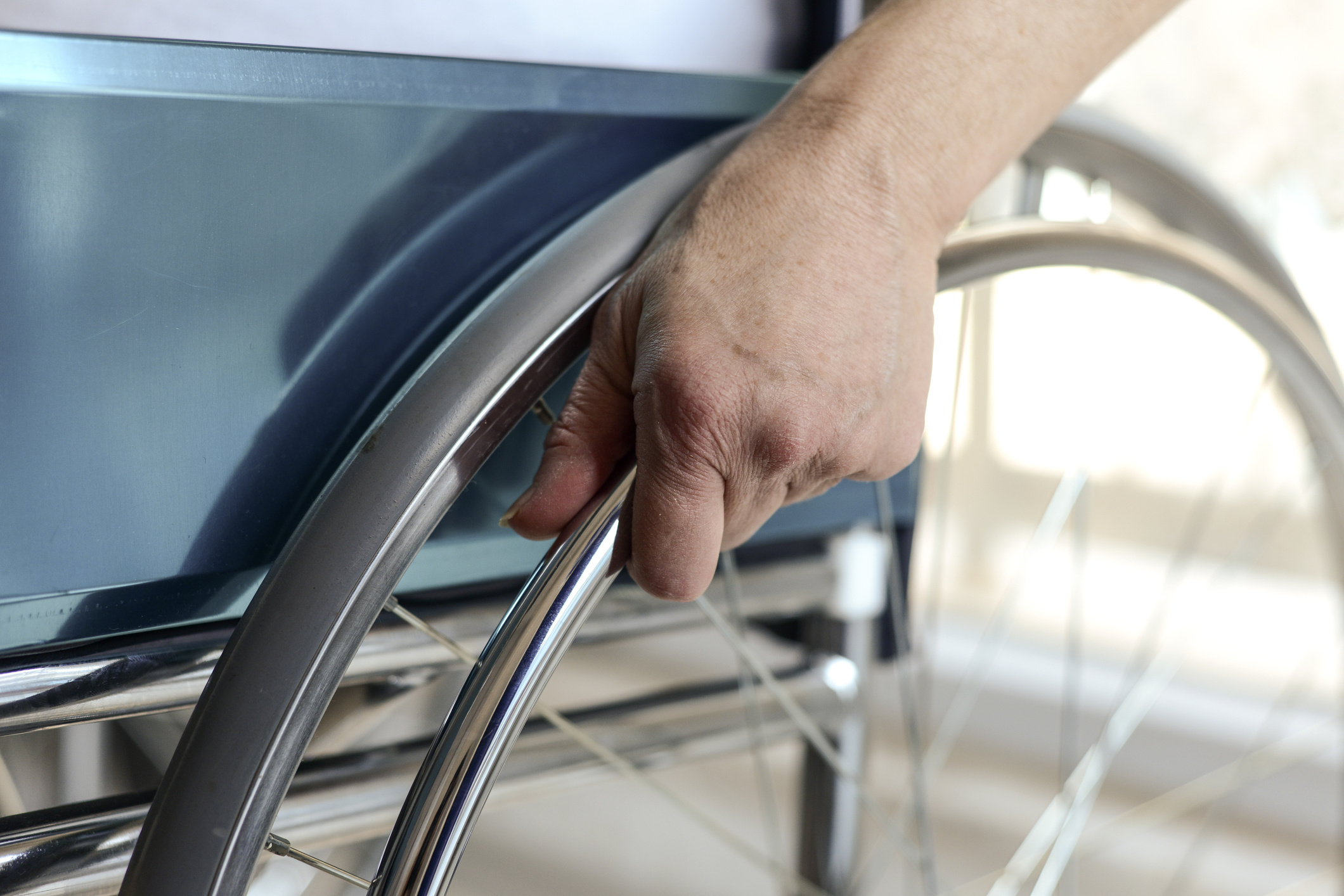AARP Hearing Center

It was a strenuous effort to get out of bed, but the rise was self-executed; however, the shine requires help – a caregiver.
After seating myself in the wheelchair and putting around with my computer, a caregiver knocks, enters and gets to work. She pushes my wheelchair into the bathroom, where she pulls down my pajama pants and guides me to the hard plastic seat. No longer does she leave the apartment and say “just pull the cord” (the stand-off I described in the blog.) While I sit, she opens the blinds and cleans my glasses. When she’s done – and I’m not - she may play with her iPhone, or just chill. When I yell, “all done,” she cleans me up, and it’s onto the bedroom to remove my PJs and put on my clothes.
With me sitting on the edge of the bed, she chooses one of three ways for below-the-waist dressing: she can bend over from the waist while pulling up my underwear and socks , and putting my legs into my pants. Or she can squat – the back healthy position – and engage the same process. Not only does that save the back, it also ensures that her blouse top doesn’t reveal any cleavage to this DOM. Some caregivers sit on the floor or rest on their knees. I don’t know which is ergonomically best. Each to her own.
For the upper body she starts with the shirt. I raise my left (useless) arm, which the caregiver bends through the sleeve; then I slide my right arm (good . . . sort of) into the other sleeve; then she puts the neck hole over my head.
(There is a mantra which each caregiver whisper to herself: bad arm first, good arm last – for on-putting. For off-putting, the process is reversed.) For my psychological health, the words “good” and “bad” are banned. I’m not supposed to know one arm is crappy and the other half-crappy.
I stand when my body halves merge.
The caregiver then grasps the wheelchair handles, and pushes me into the bathroom for a look in the mirror at my bed-head hair, further mussed by putting on the shirt. I brush the front, which my limited range of motion allows, and she brushes out the tangles from the back.
“Anything else I can do?”
“No thanks. I’m on my own.”
She leaves to answer another call. And I’m ready to go into the dining room to join the crowd of residents.
Oh, how I long for my solitary breakfast at home with The Oregonian and my freshly ground coffee!
And, to dress myself!
Editor’s note:
Redux is a French word meaning “redone” or “revived” or restored.” In his next several blogs, Dick Weinman, who has been lifting the curtain on living life in an Assisted Living Facility or ALF since 2013, revisits the events of his ALF life since he first shared them on AARP.com. Hurrah! Life in Long Term Care, or LTC, of which an ALF is one component, is changing for the better, moving closer to the goal of “person-centered” care for the final years of a person’s life.
Dick Weinman is our Assisted Living Facility (ALF) Guru and an AARP Oregon volunteer.































































